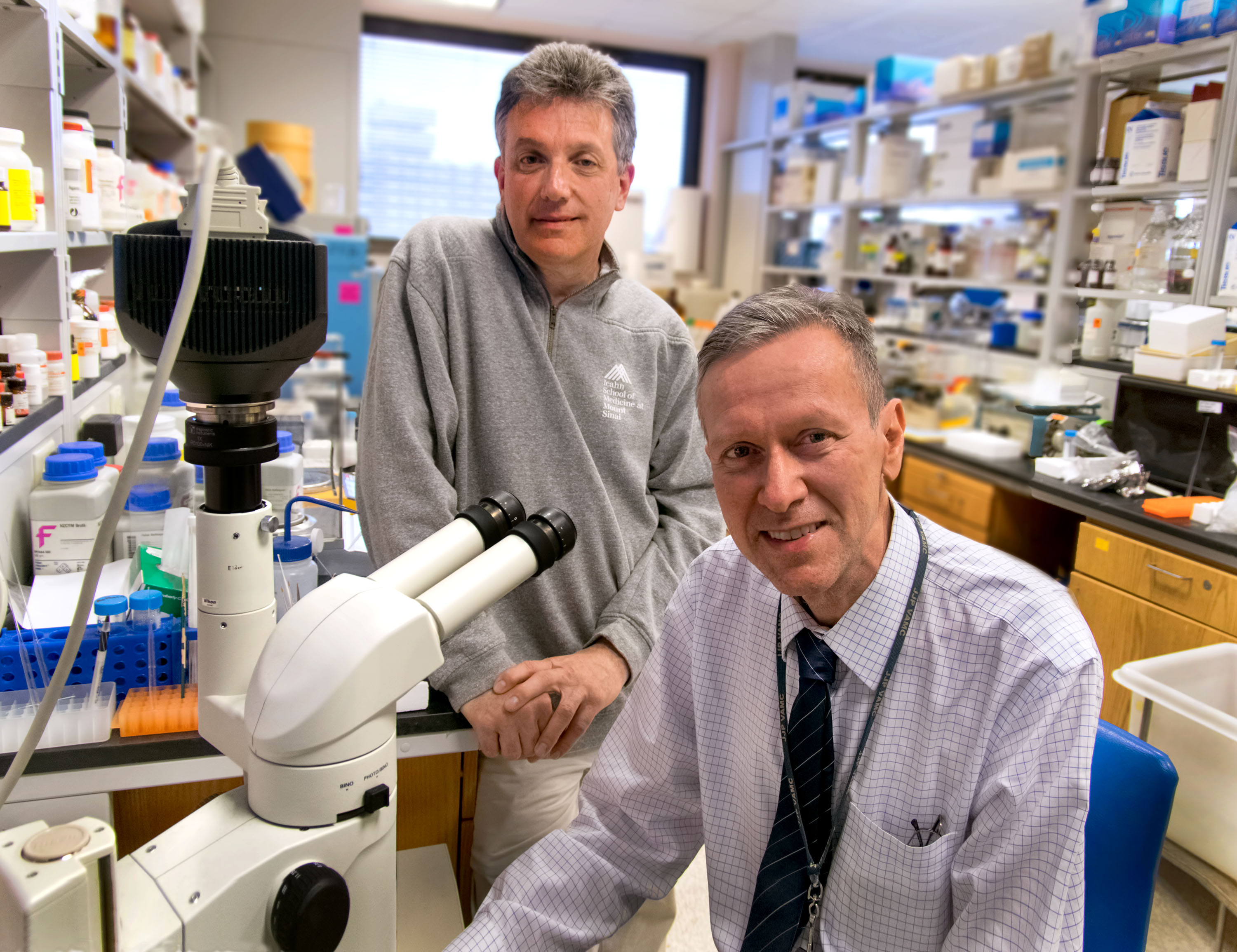The largest brain autopsy study of women who had experienced intimate partner violence reveals substantial vascular and white matter damage in the brain, but no evidence of chronic traumatic encephalopathy (CTE), the neurodegenerative disease recognized among male contact sports athletes who sustain repeated head trauma.



